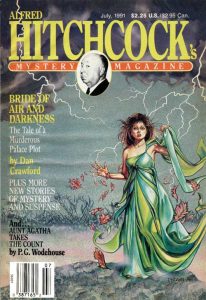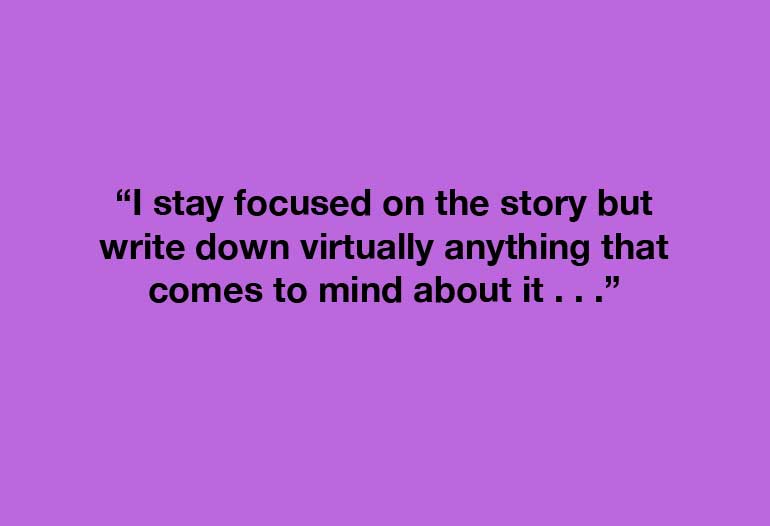
An excerpt from B.K. Stevens’ interview from The Digest Enthusiast book six. Here she discusses her process, working out a plot, and weaving a list of suspects together.
It probably won’t come as a big surprise when I say my writing process varies significantly from story to story. Once in a while—and I wish it happened more often—I’ll get an idea for a story, devote only a little time to planning, plunge into the story, and write it straight through. Usually, the process isn’t nearly that simple and delightful. Usually, when I get an idea for a story—and it’s sometimes only a title, sometimes a murder method or a character or a plot twist—I write it down in a computer file titled “Notebook.” Ideas often languish there for years or decades—dozens still languish and will doubtlessly never go further. But sometimes I eventually think of a way to make the idea work, or I look through the notebook for inspiration, run across an idea I’d forgotten about, and see new potential in it.
When I decide I definitely want to try to turn an idea into a story, I sit down at the computer and start taking notes about it, using a method I called “focused freewriting” when I taught English: I stay focused on the story but write down virtually anything that comes to mind about it, from plot possibilities to bits of description to thoughts about theme. Sometimes, I’ll put together a list of major incidents in the plot; occasionally, I’ve used a variation on the “beat sheet” Blake Snyder recommends in Save the Cat; often, I don’t come up with anything that formal or orderly. For one recent story, I took a page and a half of notes; for another, I took forty- seven pages of single-spaced notes before finding the key to making the story work. (The second story was a whodunit—I have to take far more notes for whodunits than for other sorts of mysteries.) When I feel I have a clear idea of the story’s direction, I start writing the first scene.


Comments are closed.